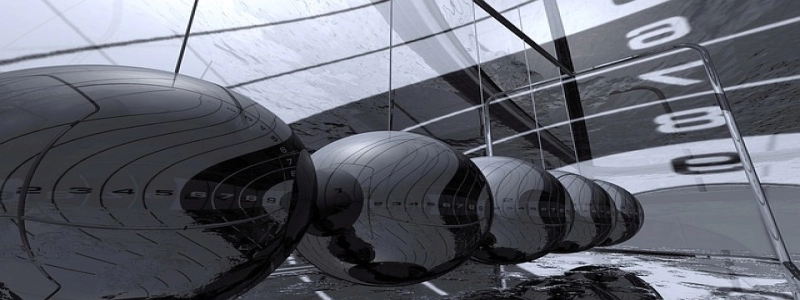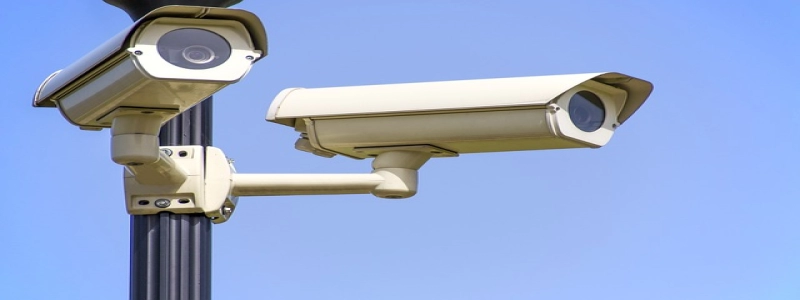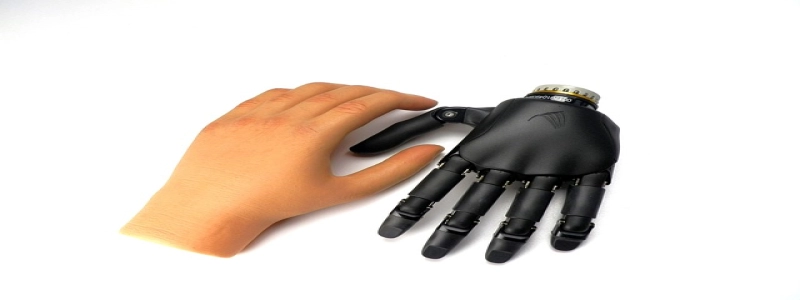Wavelength Measurement in Physics
Introduction:
In the field of physics, one of the most crucial measurements scientists often undertake is measuring the wavelength of different types of waves. This article aims to provide a comprehensive explanation of how wavelength is measured in various applications of physics.
I. Definition of Wavelength:
Before delving into the measurement techniques, it is essential to define the term \”wavelength.\” Wavelength refers to the distance between two consecutive points of a wave that are in phase. It is denoted by the symbol λ (lambda) and is usually measured in meters (m).
II. Measurement Techniques:
A. Light Waves:
1. Young’s Double-Slit Experiment:
One of the primary methods employed to measure the wavelength of light waves is Young’s Double-Slit experiment. In this experiment, a beam of light is passed through a narrow slit, creating a coherent wave pattern. The light then passes through two parallel slits, resulting in an interference pattern on a screen. By measuring the distance between the slits and observing the interference pattern, the wavelength of the light can be determined using the formula λ = (d * sinθ) / m, where d represents the distance between the slits, θ is the angle of deflection, and m is the order of the interference pattern.
2. Diffraction Grating:
Another technique commonly employed to measure the wavelength of light is using a diffraction grating. A diffraction grating is a surface with a regular pattern of equally spaced slits or grooves. When light passes through the grating, it diffracts and produces an interference pattern on a screen placed behind it. By measuring the angle at which the bright spots occur in the pattern and knowing the separation between the grating’s slits, the wavelength of the light can be calculated using the equation λ = d * sinθ, where d represents the slit separation and θ is the angle of diffraction.
B. Sound Waves:
1. Kundt’s Tube Experiment:
For measuring the wavelength of sound waves, scientists often employ Kundt’s tube experiment. In this experiment, a glass tube filled with a fine powder, such as cork dust, is used. A sound source is positioned at one end of the tube, creating a sound wave that travels through it. As the sound wave passes through the tube, it causes the powder particles to vibrate and arrange themselves into nodes and antinodes. By determining the distance between adjacent nodes or antinodes, the wavelength of the sound wave can be calculated.
2. Standing Wave Method:
Another technique for measuring the wavelength of sound waves is the standing wave method. In this method, a sound wave is produced in a closed tube with one end closed and the other end open. By adjusting the frequency of the sound wave, a standing wave pattern is created inside the tube. The distance between adjacent nodes or antinodes in this pattern can be measured, and using the equation λ = 4L/n, where L represents the length of the tube and n is the number of nodes or antinodes, the wavelength can be calculated.
Conclusion:
In conclusion, measurement of wavelength is an essential aspect of numerous physics applications. By implementing various techniques like Young’s double-slit experiment and Kundt’s tube experiment, scientists can accurately determine the wavelength of light and sound waves. These measurements further contribute to a comprehensive understanding of wave properties and aid in the advancement of scientific knowledge in various fields.








